When most people think of electric vehicles, they think of compact sedans or SUVs zipping through the city. But there’s another revolution taking place quietly, without much fanfare or flash, and that’s the electrification of heavy-duty transportation. At the heart of this revolution is Megawatt DC fast charging, an innovation that promises to completely change the way we think about charging electric vehicles.
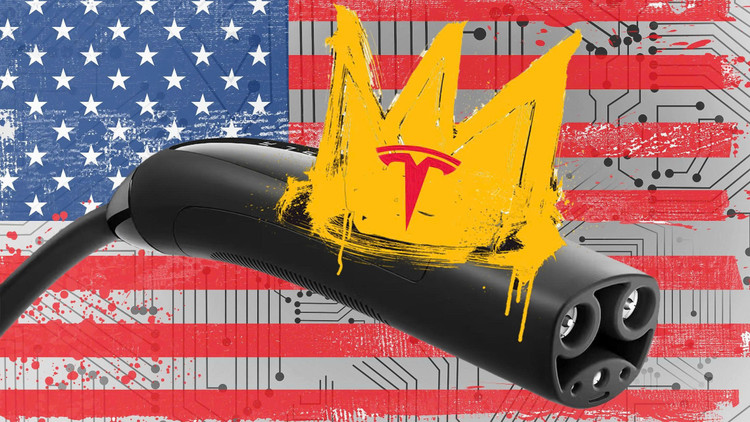
DC Megawatt is not a minor upgrade to current fast charging technology, but a giant leap forward. While current conventional fast charging stations usually stop at 150–350kW, DC Megawatt aims for charging capacity up to 1,000kW, even 3,000kW, enough to charge hundreds of kilowatt hours of battery in just a few dozen minutes. This is exactly what trucks, intercity buses, or electric containers are waiting for. Because with 600–1000kWh capacity batteries, traditional charging will take many hours, which is completely unacceptable in the logistics industry.
It is no coincidence that giants such as Tesla, Volvo Trucks, Daimler, MAN or Scania are all moving towards the Megawatt Charging System (MCS). This technology, developed by CharIN (also the father of the CCS charging standard), has completed the testing phase and announced the first standard in mid-2023. In Europe, the first MCS charging stations have also been set up for testing, signaling that this technology is no longer a pipe dream, but is gradually moving towards reality.

But every leap forward comes at a price. Charging at 1 megawatt is not as simple as “upgrading the power station.” It requires a whole new infrastructure, from high-capacity transformers, liquid-cooled wiring, to extremely strict electrical safety systems. Not only that, the problem of standardization between car manufacturers, load management software, the ability to synchronize the charging network, and infrastructure investment costs are also practical obstacles.
But in that paradox, the potential is more obvious than ever. Every minute a container truck spends downtime is money, it’s operations, it’s efficiency. If you can reduce the charging time from 2 hours to 20 minutes, and integrate it into the long-haul driver’s mandatory rest schedule, it’s not just an improvement, it’s a strategic boost for the entire transportation industry.

DC Megawatts also open up opportunities for “electrified transport corridors,” where rest stops along highways and expressways are equipped with super-fast charging stations. With a fixed-route model, long-distance electric vehicles will become an economical and sustainable option, gradually replacing traditional diesel vehicles that are increasingly constrained by emissions regulations.
At present, this technology is still in the pre-commercial stage. But with the rapid development of the battery industry, electric vehicles and energy infrastructure, the period 2025–2027 is considered the “tipping point” when MCS can officially enter mass commercial operation.
Source: https://khoahocdoisong.vn/sac-nhanh-dc-megawatt-cho-xe-dien-sap-thanh-hien-thuc-post1546497.html



![[Photo] Third session of the Committee for Drafting Amendments and Supplements to a Number of Articles of the 2013 Constitution](https://vphoto.vietnam.vn/thumb/1200x675/vietnam/resource/IMAGE/2025/6/11/16cab51dafc741719485978eb3ed8ce3)
![[Photo] National Assembly Chairman Tran Thanh Man receives Australian Ambassador](https://vphoto.vietnam.vn/thumb/1200x675/vietnam/resource/IMAGE/2025/6/11/00fde116cd17416584f9c6d23619e1c0)







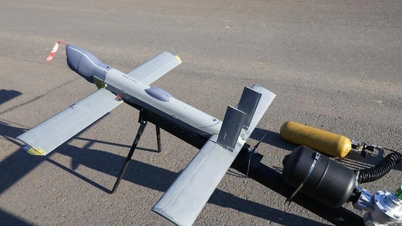








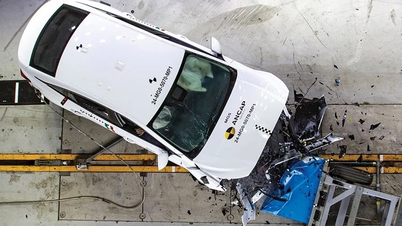




![[Photo] General Secretary To Lam works with Lam Dong, Binh Thuan and Dak Nong provinces](https://vphoto.vietnam.vn/thumb/1200x675/vietnam/resource/IMAGE/2025/6/11/c3e736d90cda4fe78f96c9bfb68d4e0b)
















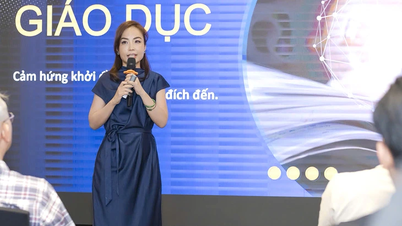
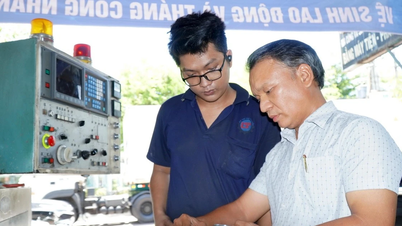



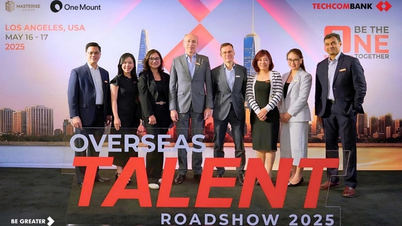



















































Comment (0)